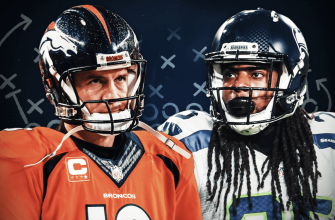Football is a game of strategy, skill, and precision, and one of the key elements that often comes into play is the punt. In this comprehensive guide, we will delve into the world of punting in football, exploring its definition, rules, techniques, and the impact it has on the game. Whether you’re a die-hard fan, a casual observer, or a beginner looking to understand the intricacies of the sport, this article will provide you with all the information you need to know about punting in football.
Punting is an integral part of American football, serving as a means to transfer possession of the ball from one team to the other. It plays a crucial role in strategic decision-making, aiming to improve field position for the punting team. On any given punting play, there are various actions and transitions happening simultaneously, involving both offensive and defensive players.
What is a Punt in Football?
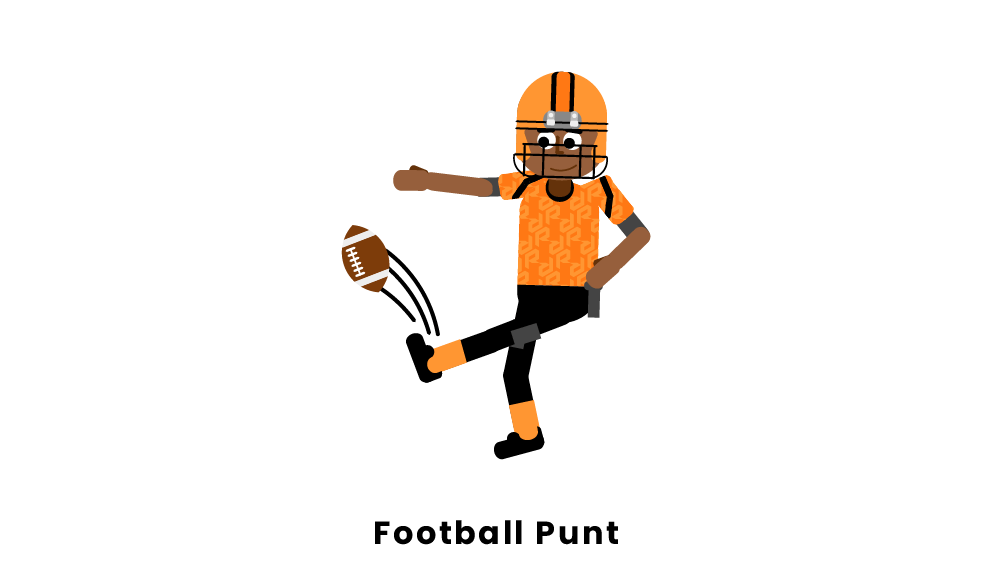
A punt in football is a type of kick executed on fourth downs to transfer possession of the football to the opposing team. To perform a punt, a designated player, known as the punter, receives the ball in the backfield and drops it to his foot before kicking it. The objective is to kick the ball as close to the opposing team’s end zone as possible without it going into the end zone.
The Objective of Punting
The primary goal of punting is to improve field position for the punting team. By kicking the ball deep into the opposing team’s territory, the punting team forces the opposing offense to start their drive further away from their own end zone. This increases the distance the opposing team needs to cover to score points, making it more challenging for them to mount a successful offensive drive.
The Rules of Punting
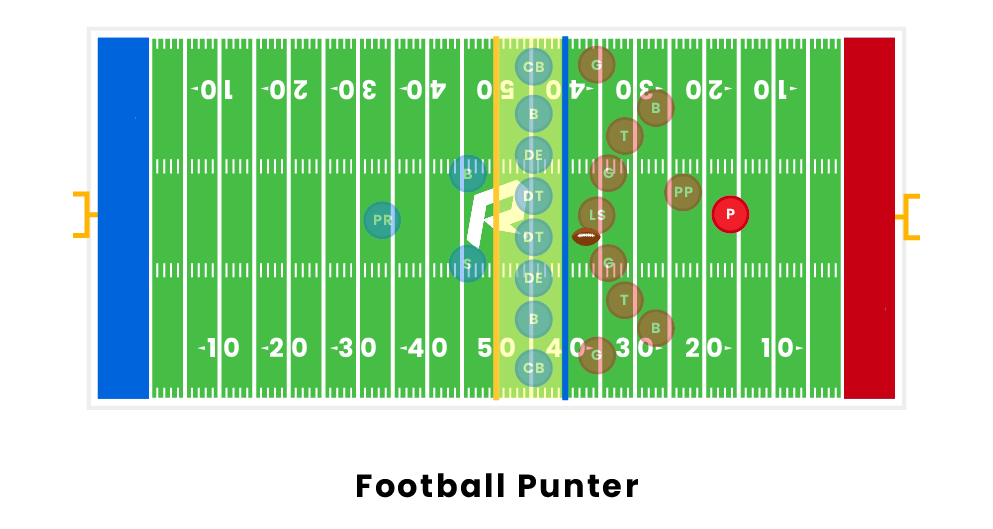
Punting in football is governed by specific rules that dictate how the play unfolds.
Here are some key rules to understand:
The Ball Snap
Before a punt can take place, the ball is snapped by the long snapper to the punter. This snap initiates the play and allows the punter to receive the ball and prepare for the kick.
The Punter’s Position
The punter stands behind the line of scrimmage to execute the punt. Unlike kickoffs, a punt can be kicked out of bounds without penalty.
Blocking and Tackling
The punt return team may attempt to block the punt by rushing towards the punter. However, players on the punting team are allowed to block the oncoming defenders to protect the punter and give him time to execute the kick.
The Role of the Returner
The punt returner is responsible for catching the punt and attempting to advance the ball. They have three options: catch the ball and run, call for a fair catch, or let the ball roll without touching it.
Fair Catch
A fair catch is when the punt returner waves his hand in the air before catching the ball. Once a fair catch is called, the returner cannot advance the ball and is protected from being tackled by the oncoming defenders.
Punt Return Options
If the punt returner touches the ball without gaining possession, it is considered a muffed punt. In this case, both teams have the opportunity to recover the loose ball. If the returner chooses not to touch the ball, the ball will be downed where it stops rolling.
The Art of Punting
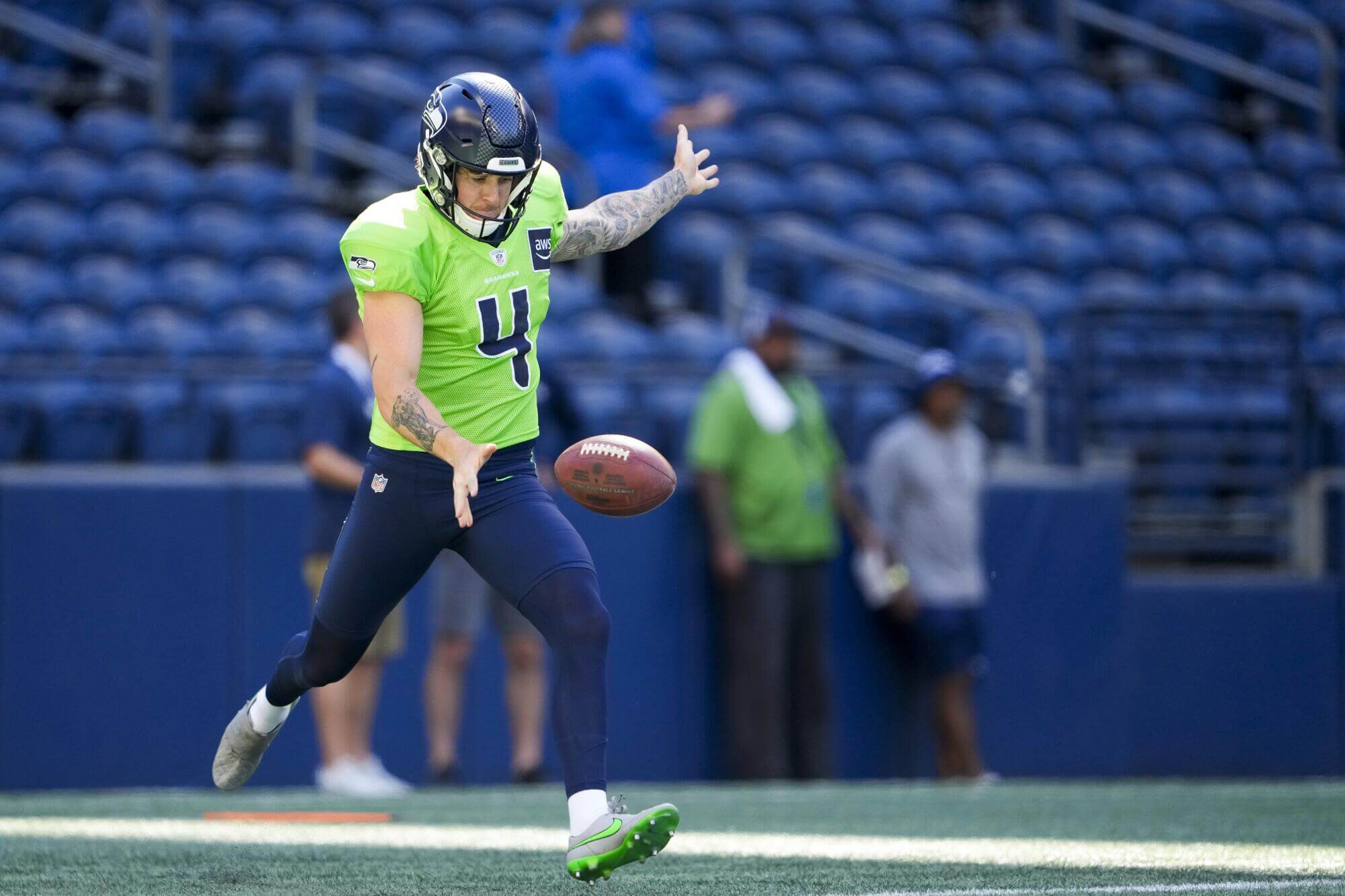
Punting is not just about kicking the ball as far as possible. It requires precision, technique, and strategic decision-making to achieve the desired outcomes. Let’s explore some key aspects of the art of punting.
Punt Distance and Placement
A successful punt aims to maximize the distance the ball travels while also strategically placing it to limit the return yardage for the opposing team. Punters strive to punt the ball deep into the opponent’s territory to force them to cover more ground to score.
Punting Techniques
Punters employ various techniques to achieve optimal results. These techniques include the spiral punt, end-over-end punt, rugby-style punt, and quick kick. Each technique has its own advantages and is used in different situations.
Punters’ Role in Field Goals
Many punters also serve as the holder for field goal attempts. Their ability to hold the ball in the correct position, ensuring a clean and precise kick, is crucial for the success of the field goal attempt.
The Impact of Punting
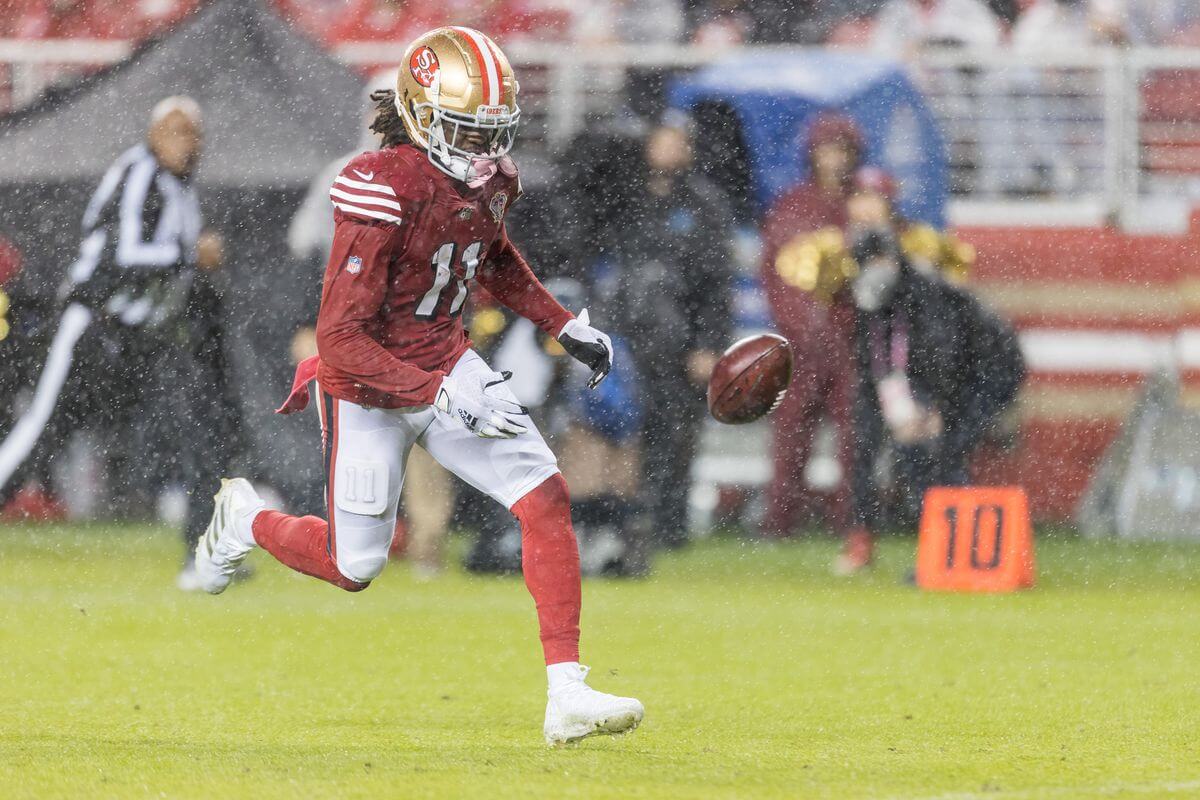
Punting has a significant impact on the outcome of a football game. Let’s explore some key ways in which punting affects the game.
Field Position
Punting plays a crucial role in determining field position. By punting the ball deep into the opposing team’s territory, the punting team forces the opposing offense to start their drive further away from their end zone. This increases the difficulty of the opposing team’s offensive efforts and provides an advantage to the punting team’s defense.
Defensive Strategies
Punting also influences defensive strategies. A well-executed punt can pin the opposing team deep in their own territory, forcing them to take risks or make mistakes. This opens up opportunities for the punting team’s defense to make impactful plays and potentially create turnovers.
Special Teams Importance
Special teams, which include the punting unit, play a vital role in the overall success of a football team. The ability to execute successful punts, cover punts effectively, and make sound decisions during punt returns can often swing the momentum of a game.
Famous NFL Punters
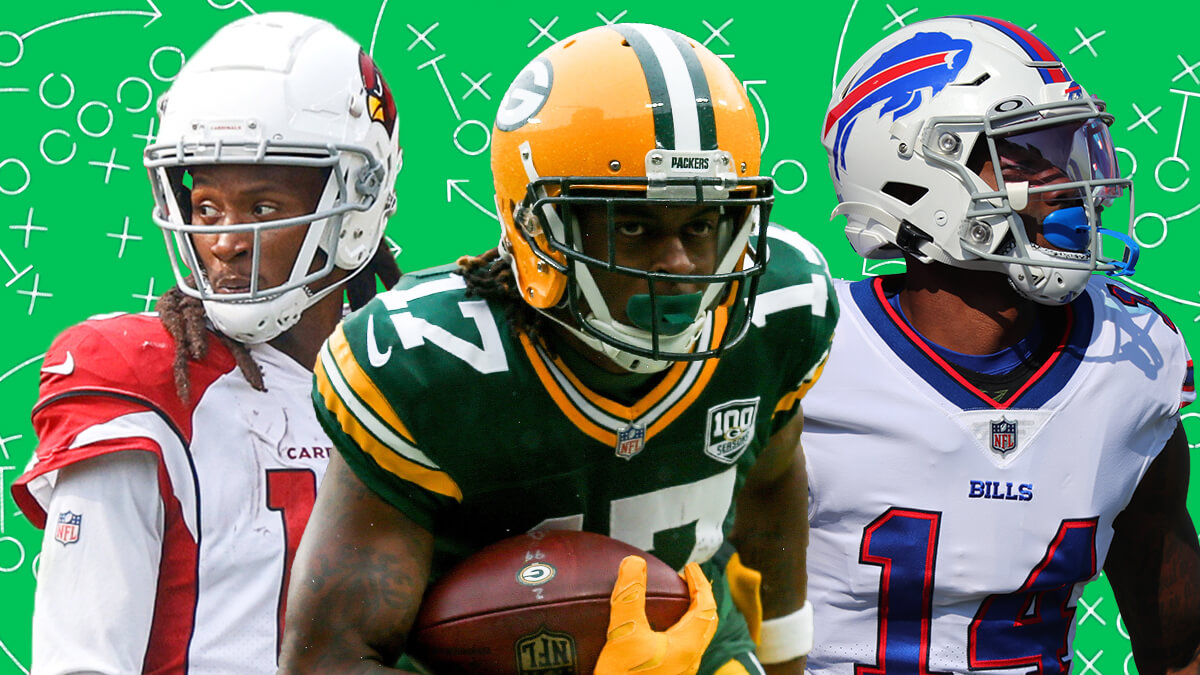
Throughout the history of the NFL, several punters have made a significant impact on the game.
Let’s take a look at some of the most renowned NFL punters:
Ray Guy
Ray Guy, a seven-time Pro Bowler, played for the Oakland Raiders and was known for his exceptional punting skills. He was considered one of the best punters in NFL history and had a lasting impact on the position.
Jerrel Wilson
Jerrel Wilson, also known as “Thunderfoot,” was a star punter for the Kansas City Chiefs. He was known for his powerful leg and ability to consistently pin opponents deep in their own territory.
Sammy Baugh
Sammy Baugh, a legendary quarterback who also punted for the Washington Football Team, had an impressive average of 51.4 yards per punt in 1940. His versatility and skill set him apart as one of the all-time greats.
Shane Lechler
Shane Lechler, who played for the Oakland Raiders for 18 years, was a nine-time All-Pro punter. He consistently displayed exceptional distance and accuracy, earning him a reputation as one of the best punters in the modern era.
Yale Lary
Yale Lary, a Detroit Lions star, excelled as both a punter and a safety. His contributions to the game earned him a place in the Pro Football Hall of Fame.
Andy Lee
Andy Lee, who averaged an impressive 50.9 yards per punt in 2011, showcased his excellence as a punter during his career. He played for several teams, including the San Francisco 49ers and the Carolina Panthers.
Punting Records
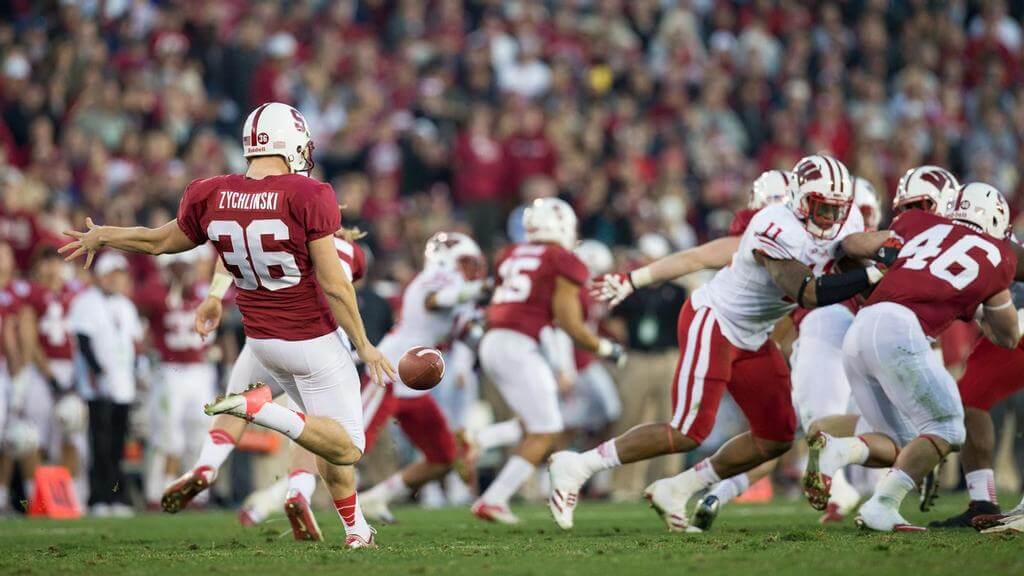
In the world of punting, several records have been set that highlight the incredible achievements of punters. Let’s take a look at some notable records:
Longest Punt in NFL History
The record for the longest punt in NFL history is held by Steve O’Neal, who punted the ball 98 yards in 1969. This remarkable feat showcases the power and skill required to achieve such a tremendous distance.
Average Punt Distance
The average punt distance in the NFL varies from season to season. In 2019, NFL punters averaged between 41.6 and 49.6 yards per punt. A higher average punt distance indicates a punter’s ability to consistently kick the ball deep into the opposing team’s territory.
Inside the 20-Yard-Line
A successful punt aims to pin the opposing team deep in their own territory. Punters strive to get the ball inside the 20-yard-line, forcing the opposing offense to cover more ground to score points.
Punting Strategies and Situations
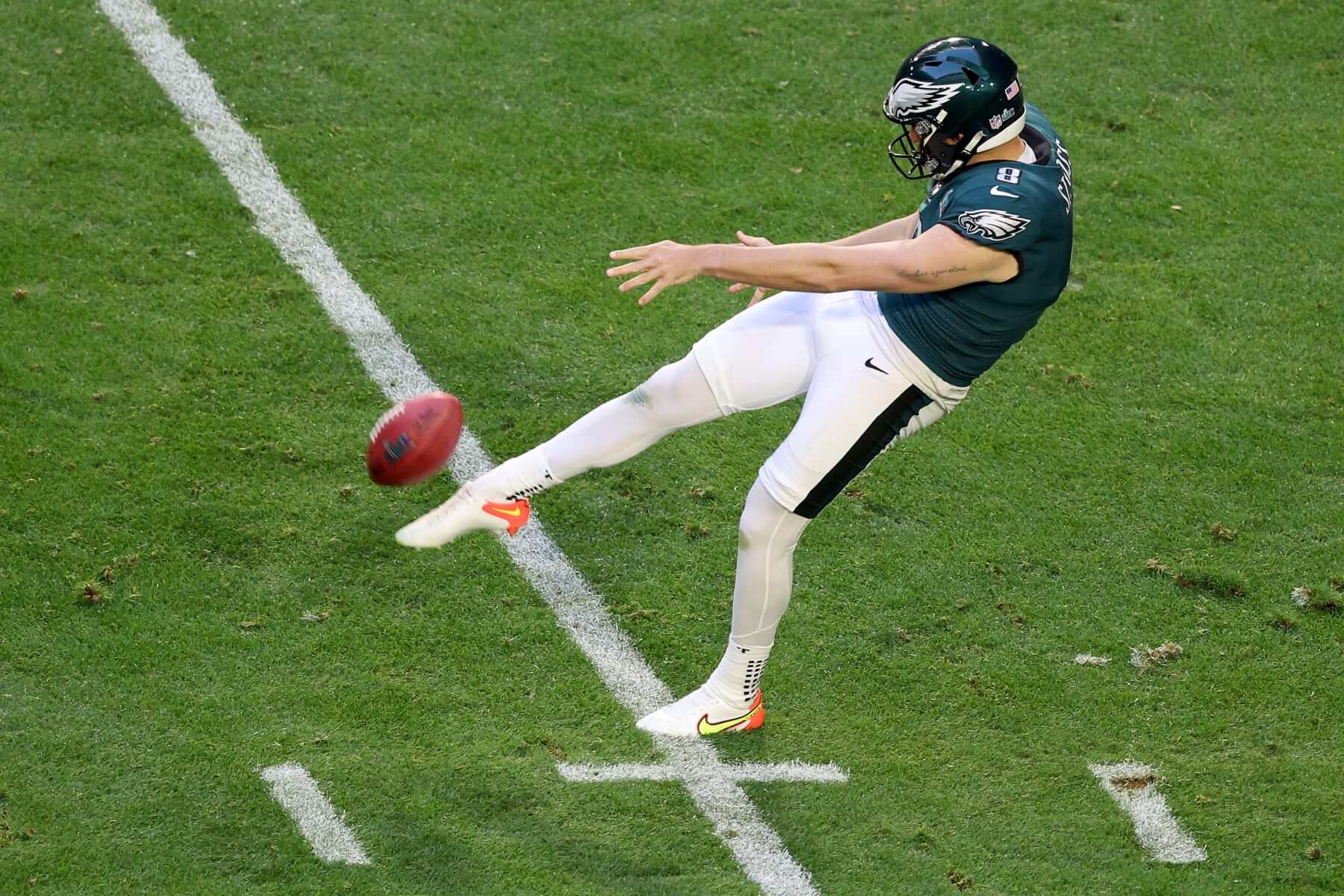
Punting involves strategic decision-making based on the specific situation and game circumstances.
Let’s explore some common punting strategies and situations:
Punting on Fourth Down
Punts typically occur on fourth down when the offensive team is unable to convert the required yardage for a first down. Instead of risking a turnover on downs, the offensive team opts to punt the ball and transfer possession to the opposing team.
Field Position Tactics
Punting is often used strategically to improve field position. In certain situations, a team may choose to punt the ball rather than attempt a field goal or go for it on fourth down. This decision depends on factors such as the distance to the end zone, the scoreline, time remaining in the game, and the overall strategy of the team.
Punting in the End Zone
When a team is deep in their own territory and unable to advance the ball, they may choose to punt from their own end zone. This decision aims to avoid a safety, which occurs when the opposing team tackles the ball carrier in their own end zone, resulting in two points for the defense.
Punt Blocks
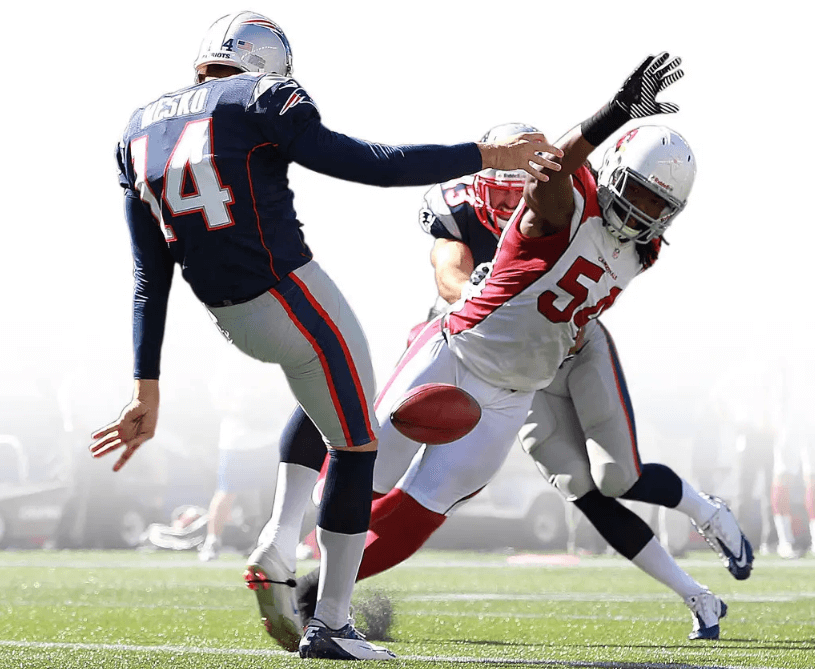
Punt blocks add an element of excitement and unpredictability to the game. Let’s explore some key aspects of punt blocks:
Defensive Techniques
The punt return team may attempt to block the punt by rushing towards the punter. This requires precise timing, speed, and agility to disrupt the punting process and potentially create a turnover.
Safety and Turnovers
If a punt is blocked behind the line of scrimmage, it can result in a safety for the defense. Additionally, if the ball is touched by the punting team after crossing the line of scrimmage, it is considered “illegal touching,” and the receiving team gains possession at the spot of the touch.
Fake Punts

Occasionally, teams opt for a fake punt, adding an element of surprise and trickery to the game.
Let’s explore some key aspects of fake punts:
Misdirection and Trickery
A fake punt involves the punting team deceiving the opposing team by deviating from the expected play. This can include the punter running with the ball, passing to a receiver, or using other creative tactics to maintain possession or gain additional yardage.
Successful Execution
Fake punts are high-risk, high-reward plays that require flawless execution and well-coordinated teamwork. Successful fake punts can lead to extended drives, momentum swings, and unexpected scoring opportunities.
Conclusion
Punting is a fundamental aspect of football that plays a significant role in shaping the game’s outcome. From strategic decision-making to precise execution, punting requires skill, technique, and the ability to adapt to changing game situations. As fans, we can appreciate the artistry and impact of punting, recognizing its importance in the overall strategy of the game.



